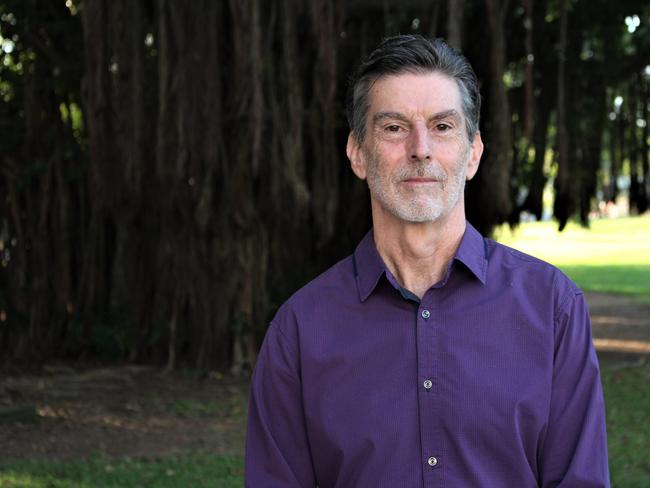AEC pushing voter turnout ahead of Voice referendum despite record enrolment
Reaching Australia’s most remote locations and getting Territorians to the polls remain a challenge despite record enrolment. Here’s how the NT is preparing for the referendum.
Northern Territory
Don't miss out on the headlines from Northern Territory. Followed categories will be added to My News.
The unique challenge of boosting Indigenous and remote voter numbers remains a focus for officials in the NT as the referendum countdown officially begins, despite record high enrolments.
Prime Minister Anthony Albanese on Wednesday confirmed October 14 as polling day for the Indigenous Voice to Parliament poll, kicking off a six week campaign for the historic vote.
The Northern Territory lags behind the national enrolment rate of 97.5 per cent, with 92 per cent of eligible voters on the roll.
For Aboriginal and Torres Strait Islander Territorians, that number drops to 87 per cent enrolled – a significant improvement on 2017 when Indigenous enrolment sat at just 67 per cent.

Australian Electoral Commission NT electoral officer Geoff Bloom said while there was still more work to be done, the figures were an “incredible result”.
“It’s the first time it’s ever been that high, for either group,” he said.
“Of course the challenge will be for us now to encourage people to participate in the referendum.”
As AEC officers travelled to remote communities to enrol voters and offer information about the referendum process, Mr Bloom said his team were encountering “a lot of people” who knew little about the Voice.
“There is not a high level of understanding right now – that’s something we’ve been working to improve,” he said.
That included travelling to town camps for the first time in the AEC’s history and extending the regular two week remote mobile polling period to three weeks to allow officials to reach more communities, outstations and homelands.
Early voting centres will be open for two weeks in Darwin, Palmerston, Coolalinga, Katherine and Alice Springs and for one week in Tennant Creek and Nhulunbuy.
“One of the biggest differences between the NT and the rest of the country is the size of our remote voting services offering, we’ve got 19 teams visiting 200 locations over a three-week period, across the whole Territory,” Mr Bloom said.
“It’s the biggest remote workload in Australia for the AEC, it’s a very big challenge.”
The remote voter service teams have identified local Indigenous assistants at most remote polling locations to help community members understand and participate in the vote.
The referendum pamphlet will be translated into 34 different languages, with oral versions in Indigenous languages also available on the AEC website.

Electoral commissioner Tom Rogers encouraged all Australians to ensure their details were up to date.
“This referendum will have the best base for democratic participation of any federal electoral event in Australia’s history.
“Despite enrolment rates skyrocketing and a record 97.5 per cent of voters currently on the roll, the work is never finished — we want all eligible Australians enrolled,” he said.
“Any federal referendum is a significant moment for the country and for voters, with only 44 conducted in our nation’s history – if you are not enrolled you will not be able to participate.”
Territorians have voted in just three referendums – in 1984, 1988, and 1999 – with the territories’ right to participate only being enshrined in a 1977 referendum.





